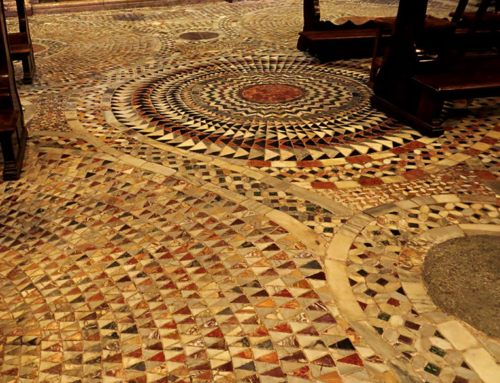The Taj Mahal: A Testament to Timeless Love and the Marble that Weeps
The Taj Mahal, one of the most iconic monuments in the world, stands as a testament to undying love, a love that transcends the boundaries of time and mortality. This awe-inspiring structure, located in Agra, India, has captured the hearts and imaginations of people from all walks of life. Beyond its stunning architecture and historical significance, the Taj Mahal embodies a profound symbolism of love that resonates across the ages.
A Love Story for the Ages
The story behind the Taj Mahal’s creation is nothing short of a fairy tale. It all began in the 17th century when Mughal Emperor Shah Jahan fell deeply in love with Mumtaz Mahal, his third wife. Their love story was passionate and enduring, and Mumtaz became not only his wife but also his confidant and advisor. Tragically, Mumtaz Mahal passed away while giving birth to their 14th child. Grief-stricken and heartbroken, Shah Jahan vowed to honor her memory in a way that the world had never seen before.
The Symbolism of White Marble
The Taj Mahal’s construction started in 1632, and it took over two decades to complete this architectural marvel. It is the choice of material, white marble, that plays a pivotal role in the symbolism of love associated with the Taj Mahal. The pristine white marble, sourced from Makrana in Rajasthan, was carefully selected for its luminous quality and its ability to capture and reflect light in a way that seems almost ethereal.
The whiteness of the marble is often seen as a representation of purity and the eternal nature of love. The Taj Mahal’s gleaming façade is said to symbolize the purity of Mumtaz Mahal’s love and the magnificence of Shah Jahan’s devotion to her. The choice of this material was no accident; it was deliberate, signifying a love that is as pure and radiant as the marble itself.
The Tears of the Taj
One of the most intriguing aspects of the Taj Mahal’s symbolism is the belief that the marble used to construct it “weeps” during the monsoon season. This phenomenon is attributed to the high calcium content in the marble, which reacts with rainwater and forms a saline solution. As the water evaporates, it leaves behind a residue that appears as tears streaking down the Taj’s façade.
These “tears” are seen as a poignant representation of Shah Jahan’s eternal grief and sorrow over the loss of his beloved Mumtaz Mahal. They symbolize the enduring nature of his love and his unwavering devotion to her memory. In this way, even the very stones of the Taj Mahal seem to mourn alongside the emperor, bearing witness to his unceasing love.
A Love Beyond Time and Space
The Taj Mahal’s symbolism extends far beyond its physical beauty and architectural grandeur. It serves as a timeless reminder of the power of love to transcend the boundaries of time and space. Shah Jahan’s love for Mumtaz Mahal continues to inspire and move people from around the world, reminding us all that true love knows no limits, and its echoes can be felt across centuries.
In conclusion, the Taj Mahal stands as an enduring symbol of undying love, encapsulated in the luminous white marble from which it was meticulously crafted. Its tears, both real and symbolic, serve as a testament to the eternal nature of love and the profound impact it can have on the human spirit. As long as the Taj Mahal stands, it will continue to tell the story of a love that defies time, making it a monument not only to architectural genius but also to the enduring power of love itself.






